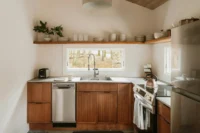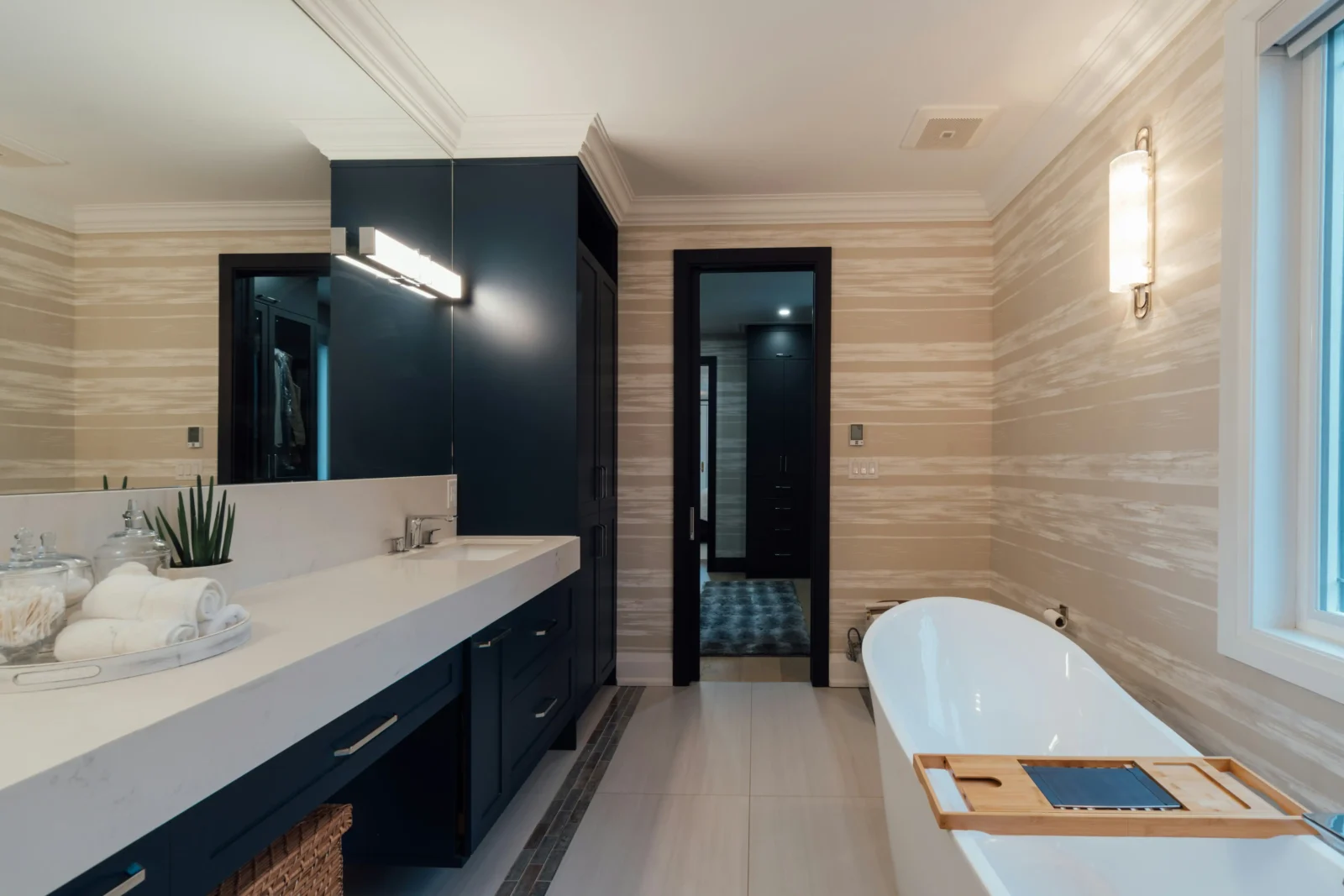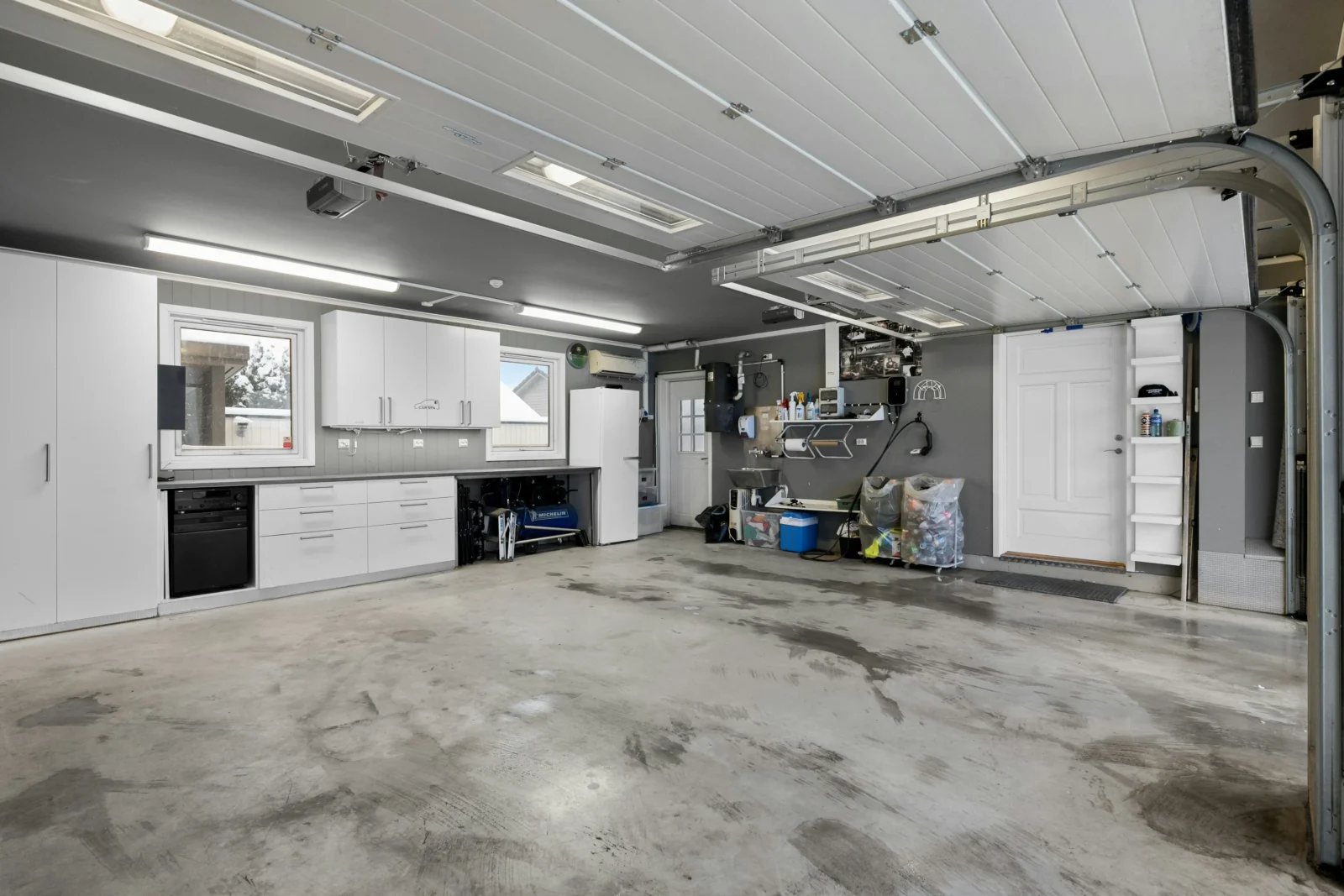- Home
- Articles
- Architectural Portfolio
- Architectral Presentation
- Inspirational Stories
- Architecture News
- Visualization
- BIM Industry
- Facade Design
- Parametric Design
- Career
- Landscape Architecture
- Construction
- Artificial Intelligence
- Sketching
- Design Softwares
- Diagrams
- Writing
- Architectural Tips
- Sustainability
- Courses
- Concept
- Technology
- History & Heritage
- Future of Architecture
- Guides & How-To
- Art & Culture
- Projects
- Interior Design
- Competitions
- Jobs
- Store
- Tools
- More
- Home
- Articles
- Architectural Portfolio
- Architectral Presentation
- Inspirational Stories
- Architecture News
- Visualization
- BIM Industry
- Facade Design
- Parametric Design
- Career
- Landscape Architecture
- Construction
- Artificial Intelligence
- Sketching
- Design Softwares
- Diagrams
- Writing
- Architectural Tips
- Sustainability
- Courses
- Concept
- Technology
- History & Heritage
- Future of Architecture
- Guides & How-To
- Art & Culture
- Projects
- Interior Design
- Competitions
- Jobs
- Store
- Tools
- More
6 Ways Mower Selection Impacts Planting Layout and Flow

Landscape design isn’t just about aesthetics, it’s a finely balanced equation of beauty, functionality, and long-term maintenance. Among the often-overlooked elements influencing a planting layout is mower selection. Choosing the right mower not only dictates how efficiently you can maintain the landscape but also shapes how plant beds, turf areas, and pathways are arranged. Whether working with a sprawling estate or a compact urban garden, understanding the relationship between your mower and planting layout can streamline maintenance and elevate the visual harmony of outdoor spaces.
Table of Contents
ToggleMower Size Dictates Turf Geometry
The width of a mower’s cutting deck plays a significant role in defining the curves, lines, and angles of lawn areas. Larger mowers require wide, sweeping turns and generous clearance around obstacles. This impacts how closely plants can be placed near lawn edges or around features like fountains, patios, or raised beds. If your planting layout incorporates tight curves or small islands of greenery, opting for a smaller mower—or supplementing with a trimmer—becomes necessary.
Turfgrass researchers have observed that compact mower decks under 22 inches allow greater agility and precision in trimming narrow passages, while models with decks over 42 inches are best suited to broad, open lawns. Matching mower size with lawn geometry early in the design phase can prevent awkward turns or missed patches during mowing.
Turning Radius Influences Bed Placement
Zero-turn mowers have gained popularity for their nimble maneuverability, but they still require strategic spacing in planting layouts. Even with a small turning radius, plant beds should be positioned to accommodate the turning arc of the mower without damaging delicate edges. Trees with low-hanging branches or densely planted borders can obstruct movement, leading to inefficient mowing patterns or plant damage.
Designers often overlook how a mower’s turning radius determines the layout’s flow, especially when transitioning between multiple lawn areas. Ensuring smooth, uninterrupted loops not only saves time during mowing but preserves the health of bordering vegetation, which can be damaged by repeated tire contact or accidental clipping.
Mower Power Source Shapes Infrastructure
The type of mower—gas-powered, corded electric, or battery-powered—affects not only lawn care but also the layout of power sources, storage solutions, and even mulch pathways. A cordless electric lawn mower offers flexibility without trailing wires or emissions, making it ideal for residential areas with sensitive plantings or limited outdoor outlets. These models require thoughtful consideration for charging stations, especially in landscapes without garages or sheds.
On the other hand, gas-powered mowers need safe fuel storage and ventilation, which might dictate the location of tool sheds or restrict where certain plants are placed due to potential fume exposure. Integrating mower power logistics into the planting layout avoids future headaches and aligns maintenance with environmental goals.

Terrain Adaptability Impacts Planting Zoning
Not all mowers handle slopes, uneven ground, or soft soil equally. Ride-on mowers may struggle on steep inclines, whereas lighter push mowers can glide over undulating surfaces with minimal disruption. This affects how planting zones are designed, especially in hilly regions or areas with terracing.
Designers must factor in mower stability when planning both turf areas and adjacent plant beds. Slopes often require buffer zones or ground covers instead of lawn to reduce erosion and simplify maintenance. Selecting a mower capable of traversing these terrains determines whether grassy areas are feasible or whether alternative plantings should be prioritized for safety and efficiency.
Cutting Method Affects Edge Design
Different mowers use various cutting systems, such as rotary blades, reel mechanisms, or mulching decks, each with its own set of benefits and challenges. Mulching mowers, for example, finely chop clippings and distribute them back onto the turf, enriching the soil. However, this method requires consistent mowing frequency and evenly shaped grass areas to be effective.
Planting layouts must be adjusted to suit these cutting methods. For mulching to work well, plants should be set back slightly from lawn edges to prevent clippings from smothering flowers or shrubs. Similarly, reel mowers offer precise cuts for ornamental turf but may not perform well on coarse grasses, influencing species selection in nearby beds.
Storage Needs Affect Site Circulation
Where and how a mower is stored can influence the overall movement and accessibility within a landscape. Mowers stored at the rear of a property may require pathways wide and firm enough for transport. This becomes especially critical for heavy ride-on models or those with large attachments.
These circulation paths often pass near or through planting zones, meaning designers must account for wear and compaction. Using hardscaping materials or strategically placed stepping stones can protect the soil and roots while maintaining visual appeal. Also, frequent mower movement may necessitate hardier plant varieties near access points to withstand occasional bumps or abrasions.
Lawn care and planting design are interdependent systems. A well-planned layout that considers mower capabilities and limitations ensures ease of maintenance, protects plant health, and creates a seamless, flowing outdoor experience. By evaluating factors like mower size, turning radius, power source, terrain adaptability, cutting method, and storage logistics early in the design process, homeowners and professionals alike can craft landscapes that are both beautiful and sustainable.
illustrarch is your daily dose of architecture. Leading community designed for all lovers of illustration and #drawing.
Submit your architectural projects
Follow these steps for submission your project. Submission FormLatest Posts
Top Modern and Stylish Bathroom Architectures In 2026
Bathroom design, much like other aspects of interior design, is always changing...
Exterior Enhancements That Turn Every Entrance Into A Showcase
The front of a home sets expectations before anyone touches the handle....
Are Organic Bamboo Sheets Worth the Investment?
When it comes to getting a good night’s sleep, the quality of...
Converting Garages to Living Spaces: Structural Changes That Require Professional Engineering
When considering a garage conversion to extend your home’s living space, understanding...












Leave a comment